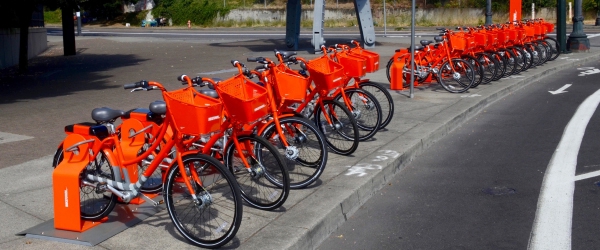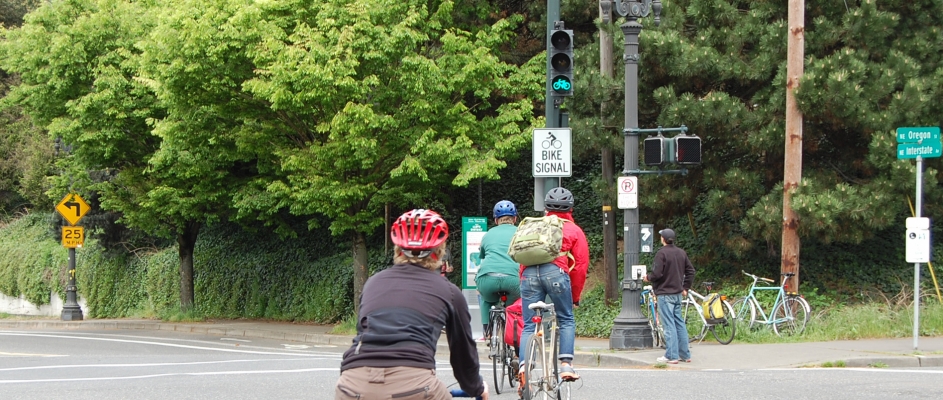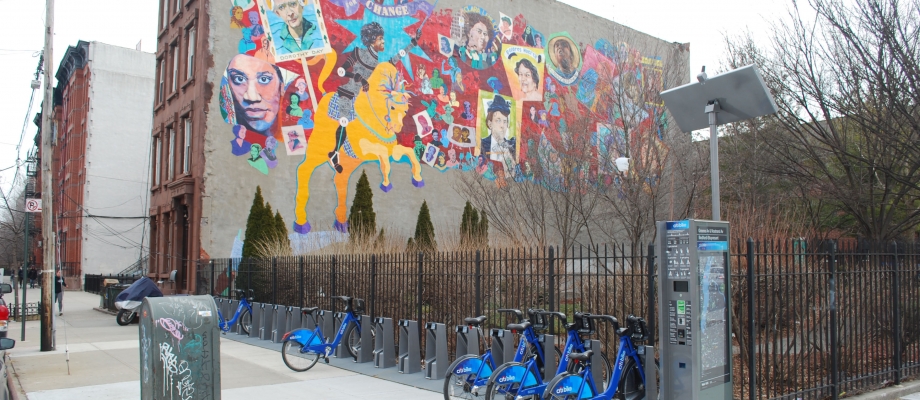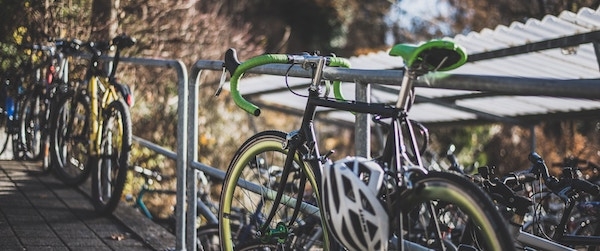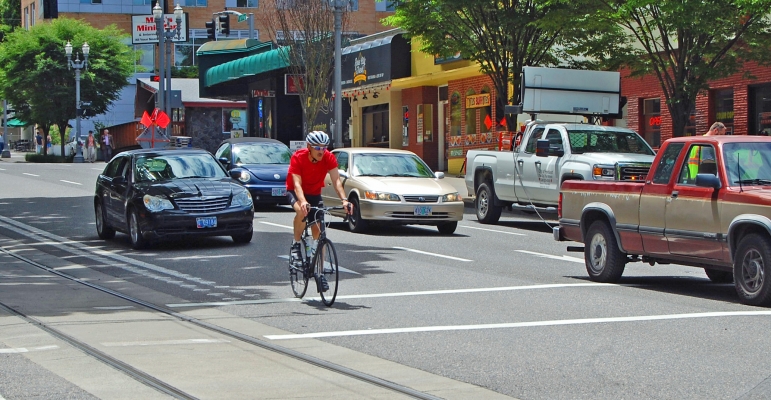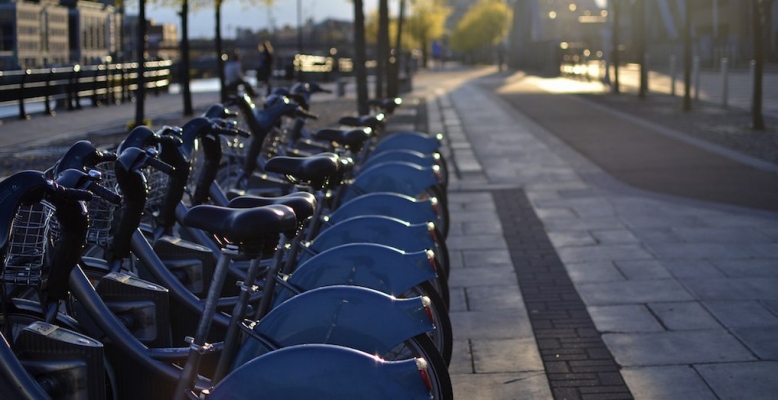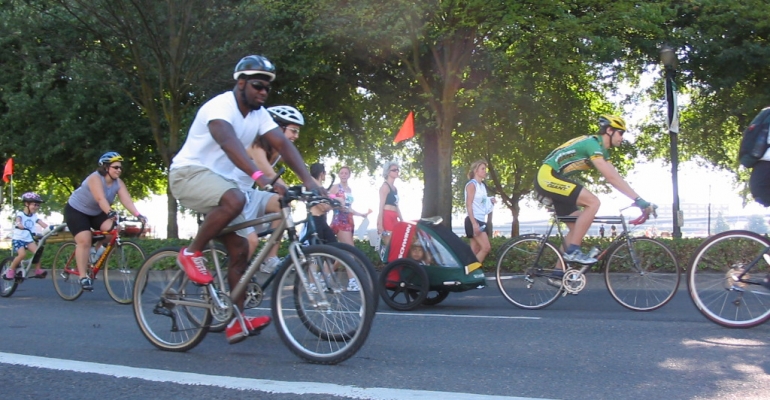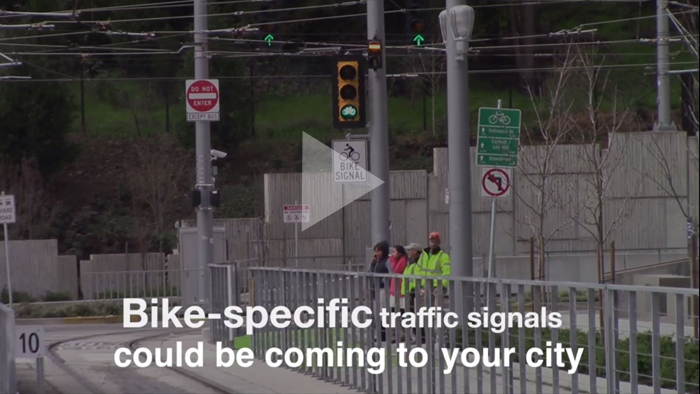Portland State University students may now ride Portland’s iconic bright orange BIKETOWN bikes for free.
Thanks to a new agreement between PSU and BIKETOWN, Portland’s bike share program, current Portland State students may now ride any available BIKETOWN bike up to 90-minutes per day at no cost by signing up for a student membership online.
BIKETOWN is Portland’s city-owned bike share program, which provides 1,000 shared bikes at over 100 stations across downtown and several neighborhoods. The PSU campus is now considered a Super Hub Zone, which means that BIKETOWN bikes may be parked in any public bike rack on the PSU campus without penalty. Previously BIKETOWN bikes could only be parked and locked in BIKETOWN stations and other designated areas or riders would incur a $2 penalty.
“Portland State is already among the top five most bicycle-friendly colleges and universities in the nation,” said Clint Culpepper, PSU’s transportation...
Read more
